The Japanese counter 台 (だい/dai) gets used for a variety of things. The typical definition is that it counts "machines and furniture." While this is actually a decent explanation of it, we're going to go a lot deeper. The good news? In comparison to counters like 本, 枚, and others, 台 is easy and straightforward.
Before we start learning exactly what 台 counts, though, let's look at how you pronounce it. Luckily, 台 is one of the easy ones: neither the numbers nor the counter change at all.
- Pronunciation of Japanese Counter 台
- Pedestals, Stands, and Furniture
- Large Musical Instruments
- Vehicles / Transportation
- Electronics and Appliances
- Let's Put All This upon a Pedestal
Prerequisite: If you're completely new to Japanese counters, we recommend you learn the basics first. Make sure you know how to read hiragana and katakana. We'll mention the "kango/wago/gairaigo counting method," and you can learn about all three of these Japanese numbering systems in our Counting in Japanese article. Knowing the kanji for numbers will help, too. In our example sentences and explanations, we equally use Arabic numerals (1, 2, 3) and Japanese kanji (一, 二, 三), since both are quite common in Japanese.
Pronunciation of Japanese Counter 台
If you want to count something using 台, you simply use the [number] + [台]. That's it! If you know the number, you'll know how to count it.
| Numeral | Japanese | Reading 1 | |
|---|---|---|---|
| 1 | 一台 | いちだい | |
| 2 | 二台 | にだい | |
| 3 | 三台 | さんだい | |
| 4 | 四台 | よんだい | |
| 5 | 五台 | ごだい | |
| 6 | 六台 | ろくだい | |
| 7 | 七台 | ななだい (しちだい) | |
| 8 | 八台 | はちだい | |
| 9 | 九台 | きゅうだい | |
| 10 | 十台 | じゅうだい | |
| 11 | 十一台 | じゅういちだい | |
| 12 | 十二台 | じゅうにだい | |
| 100 | 百台 | ひゃくだい | |
| 1,000 | 千台 | せんだい | |
| 10,000 | 一万台 | いちまんだい | |
| how many | 何台 | なんだい |
Now we're ready to move on to the use cases of 台.
Pedestals, Stands, and Furniture
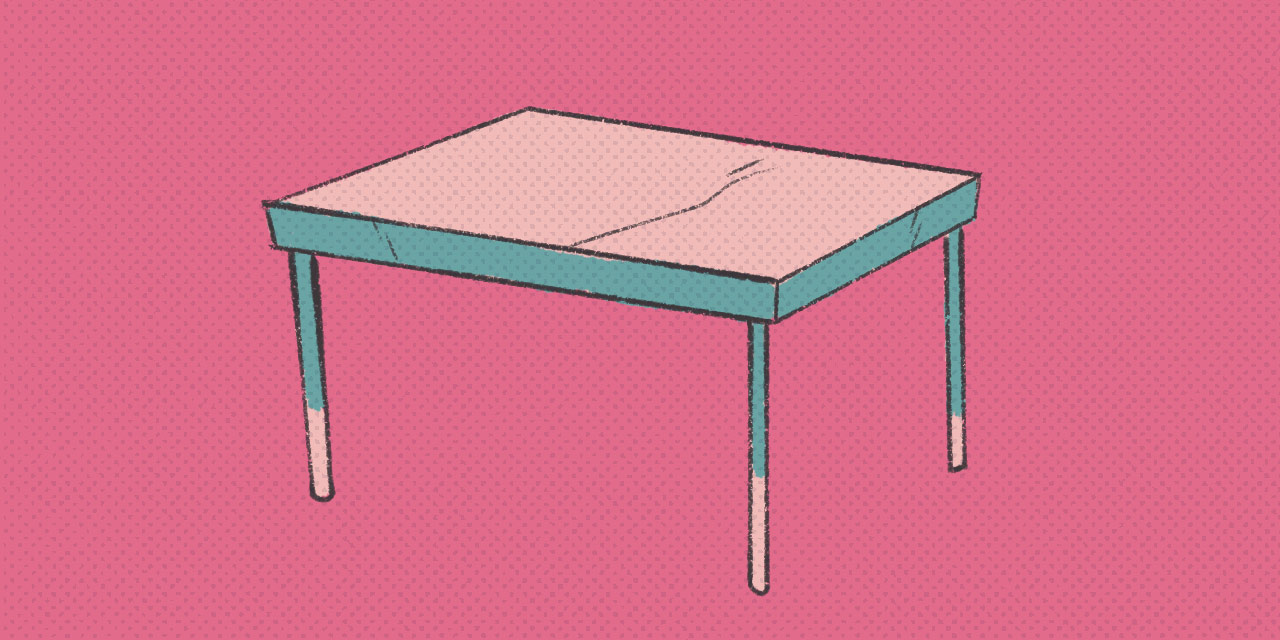
- ベッドは何台ありますか?
- How many beds are there?
台 counts anything that exists to put stuff on—yourself included. Beyond pedestals and stands, this mostly means furniture: stools (you sit on them), tables (you put stuff on them), ottomans (you put your feet on them), and beds (you lie on them) all use 台.
- 台所から踏み台一台持ってきて!
- Bring a step stool from the kitchen, please!
- オットマンをセールで二台買いました。
- We bought two ottomans on sale.
- ベッドは何台ありますか?
- How many beds are there?
As we said, 台 isn't just used for pedestals or stands. It's also used for other furniture—chests, dressers, bookshelves, cabinets, etc. Think about it: even if you're putting something in one of these things, you're also putting something on top of the shelf portion. In that way, they're like furniture, and counted using 台.
- オフィスには本棚が5台あります。
- There are five bookshelves at the office.
- IKEAで食器棚を1台購入した。
- I bought a kitchen shelf at IKEA.
- 友人からキャビネットを六台無料で貰いました。
- My friend gave me six cabinets for free.
A Whole Cake/Pie

Let's consider some more abstract uses of 台. The first is that 台 is used to count whole cakes and pies. Here's a simple visualization to help you remember:
- Whole cakes are often placed on pedestals and stands.
- If you decorate a cake, the decorations go on top. Think of the cake as a stand for the frosting!
- クリスマスケーキを1台予約しました。
- I pre-ordered one (whole) Christmas cake.
- 昨日、チェリーパイを3台焼きました。
- Yesterday, I baked three (whole) cherry pies.
Large Musical Instruments
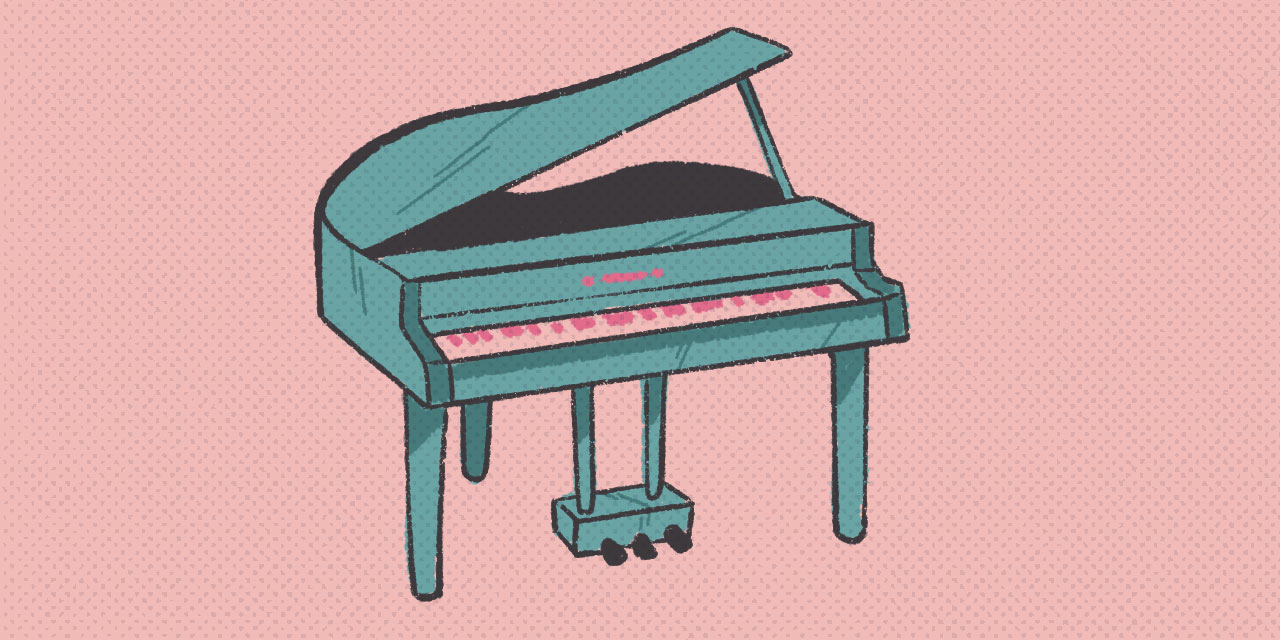
Now things get a little more complex. A different counter, 本 (ほん), is used for most normal-sized musical instruments. But when an instrument gets really big—too big to carry, usually—the counter changes to 台. Pianos and harps come to mind.
- うちには、グランドピアノが一台あります。
- There is a grand piano at our place.
- トラックに、ハープを六台積まなくてはいけません。
- We have to load six harps onto the truck.
- えっ、ドラムセット三台も持ってるの!?
- Wait, you have three drum sets!?
It may not seem logical at first, but think of it this way: for these big, bulky instruments, the floor is their pedestal.
Vehicles / Transportation
Vehicles and other means of transportation also use 台, and are like furniture in the sense that you can be on or inside them. They all move people (and things) around, and they fall into a few subcategories. Let's break them down.
Motor Vehicles and Other Personal Transportation
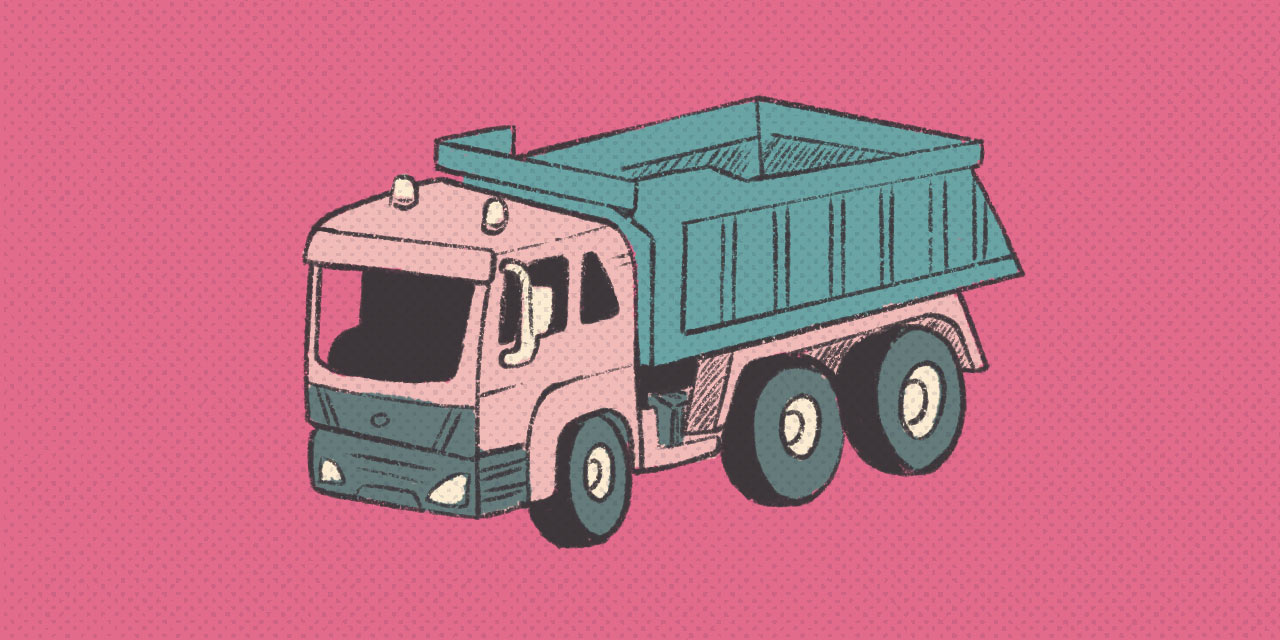
Cars, trucks, buses, motorbikes, bicycles, tricycles, unicycles, and wheelchairs are counted using 台.
- 彼はマウンテンバイクを五台持っている。
- He has five mountain bikes.
- コウイチはフェラーリを三台廃車にした。
- Koichi has scrapped three Ferraris.
- 車椅子一台のレンタル料金は月々いくらぐらいですか?
- How much does it cost to rent a wheelchair on a monthly basis?
Cars, trucks, buses, motorbikes, bicycles, tricycles, unicycles, and wheelchairs are counted using 台.
Vehicles that qualify as heavy machinery are also counted with 台, including bulldozers, crane trucks, and most big construction vehicles. Yet stationary cranes are counted using 基 (き)… which is useful to know on that fateful day you have to count cranes! 😀
But… not all vehicles are counted using 台: train cars, for example, are counted with 両 (りょう) and airplanes with 機 (き). Both are actually quite common, so be careful.
Carts and Carriages
What's next? Vehicles that transported people before automobiles (i.e., carts and carriages powered by animals or people) are also counted using 台.
- あそこに人力車が何台か停まっているのが見える?
- Can you see all of those rickshaws stopping over there?
- 荷馬車を一台買いたいんだけど、どこで買えるのかな?
- I want to buy a horse-drawn wagon—do you know where I can get one?
If you visit Nara, with its beautiful temples, you're sure to see rickshaws (whose drivers will try to sell you a ride). They're everywhere, so you may have a chance to count those, too!
Skis, Snowboards, Etc.

Skis, snowboards, sleighs, and sleds are also forms of transportation. You get on them, and you also count them with 台. Although…
- スノボの板、3台あるから1台貸してあげるよ。
- I have three snowboards, so I can lend you one.
- サンタクロースって、何台ソリを持ってるのかな?
- I wonder how many sleighs Santa Claus owns?
…they're more commonly counted with 枚 (まい). It's the Japanese counter for flat things, after all.
Rides
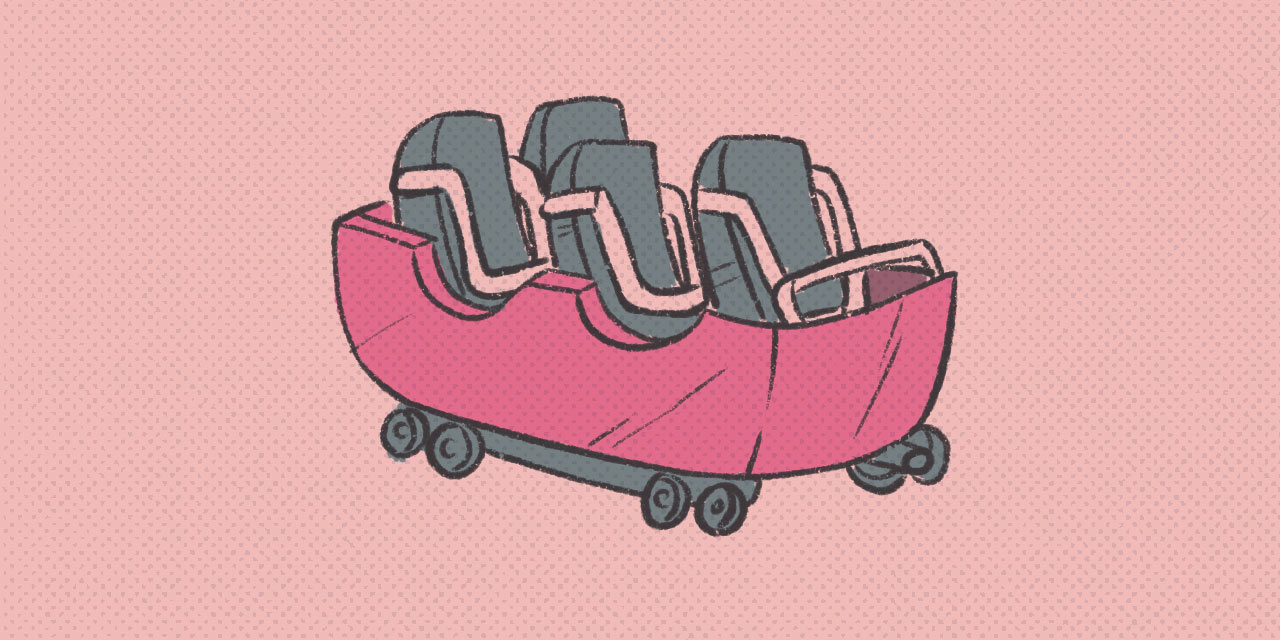
Finally, if we're discussing roller-coaster cars, gondolas, ski lifts, and the like, it means we're reaching the end of the "modes of transportation" section, and—well, you probably already guessed: rides are counted with 台, too.
- 一台のゴンドラに全員乗れるかな?
- I wonder if we'll all be able to fit in one gondola.
- このジェットコースター、一台に八人しか乗れないみたいだよ。
- Apparently this roller coaster is for only eight people.
- 暴風雨で、スキーリフト五台が故障してしまった。
- Five ski lifts broke down in the storm.
Electronics and Appliances
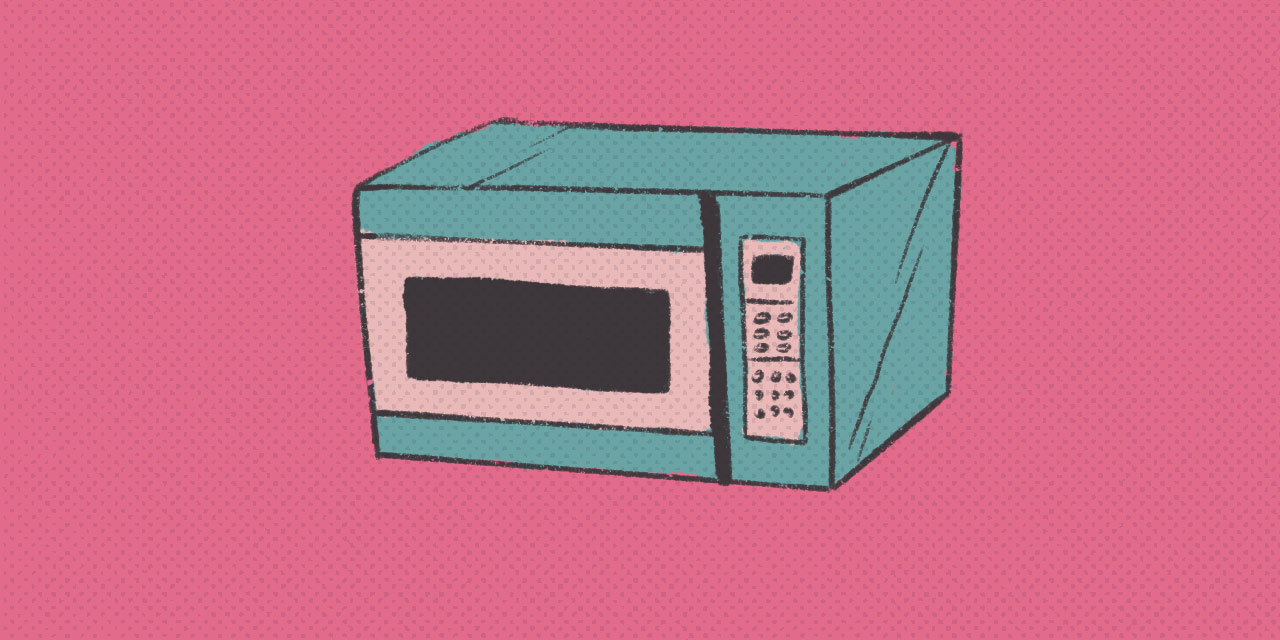
This category is a little different, though it's still useful and common. 台 can be used to count electrical appliances, telecommunications equipment, precision machines, and more. That's a pretty wide gamut. Some examples include microwaves, ovens, air conditioners, car navigation systems, heaters, washing machines, console gaming systems, robots, and vending machines. Here are some examples.
- どうして冷蔵庫が三台もあるの?
- Why are there three refrigerators?
- ポケモンのジムバトルのために、スマホを二台持ってるんです。
- I have two smartphones for Pokémon gym battles.
- トーフグのオフィスには、パソコンは何台ありますか?
- How many computers are there at the Tofugu office?
台 can be used to count electrical appliances, telecommunications equipment, precision machines, and more.
How did 台 come to be the counter for electronics and appliances? According to JapanKnowledge, until the Meiji period (1868–1912), 台 was only used for pedestals and other things you put stuff on. Then, after that, cars came along. You can put people on and in cars, so 台 was used for counting cars, wagons, carts, etc., too. After that, appliances and electronics became common. Cars are basically machines, so the usage of the counter 台 spreads to machine-like items as well. It's a bit of a weak thread, but hopefully it adds some sense to this category.
Before we finish, we're going to throw one more wrench into the works. Remember our stationary-cranes exception above? Well, it applies here, too: really large machines that aren't mobile—i.e., those that operate inside factories—can also be counted using 基. Got it? 😣
Let's Put All This upon a Pedestal
Because it gets used for a variety of categories, 台 can be a little confusing. And while some of its connections make sense, others don't. You just have to memorize them and get more skilled with time and experience.
And when you're ready for more counting action, check out some of the other in-depth Japanese counters articles we've written: 本, 匹, and 個 are good ones, in our opinion.
If you're new to this whole counters deal, we recommend you learn the basics of Japanese counters, and then scroll through our massive study list of Japanese counters, which can take you to all the counters we've written about in-depth. Happy counting! 🔢
-
Cells with multiple entries divided by a
/indicate multiple pronunciations that are equally common. Cells with entries in parentheses indicate that the parenthesized word is an uncommon or archaic pronunciation. ↩
